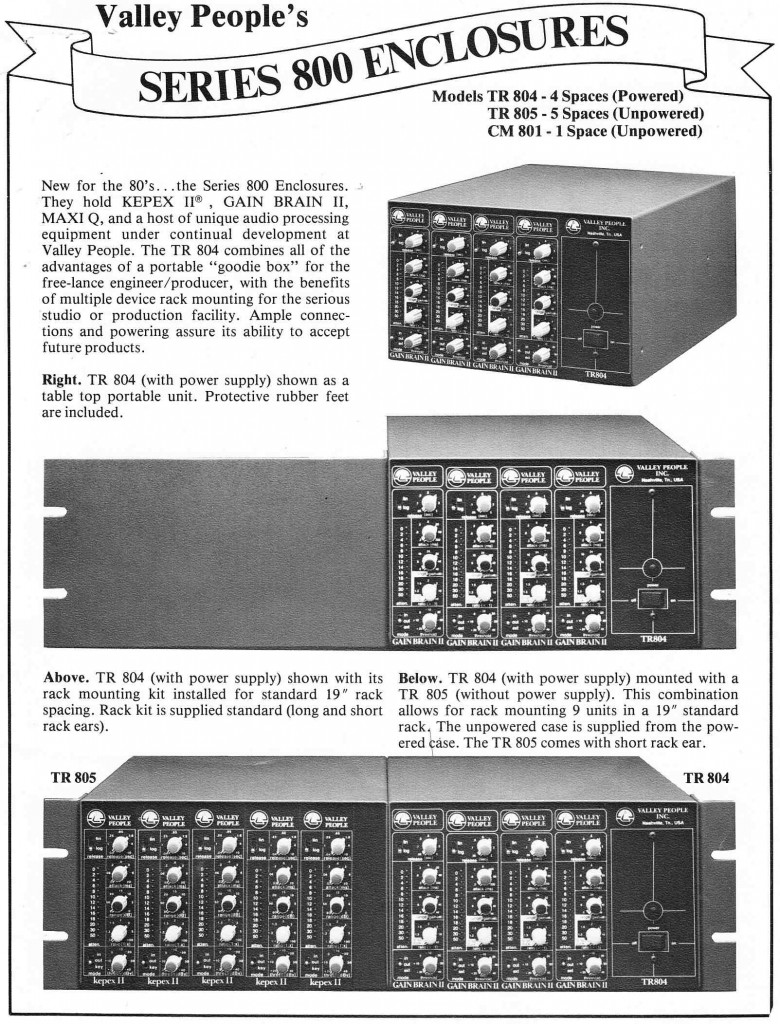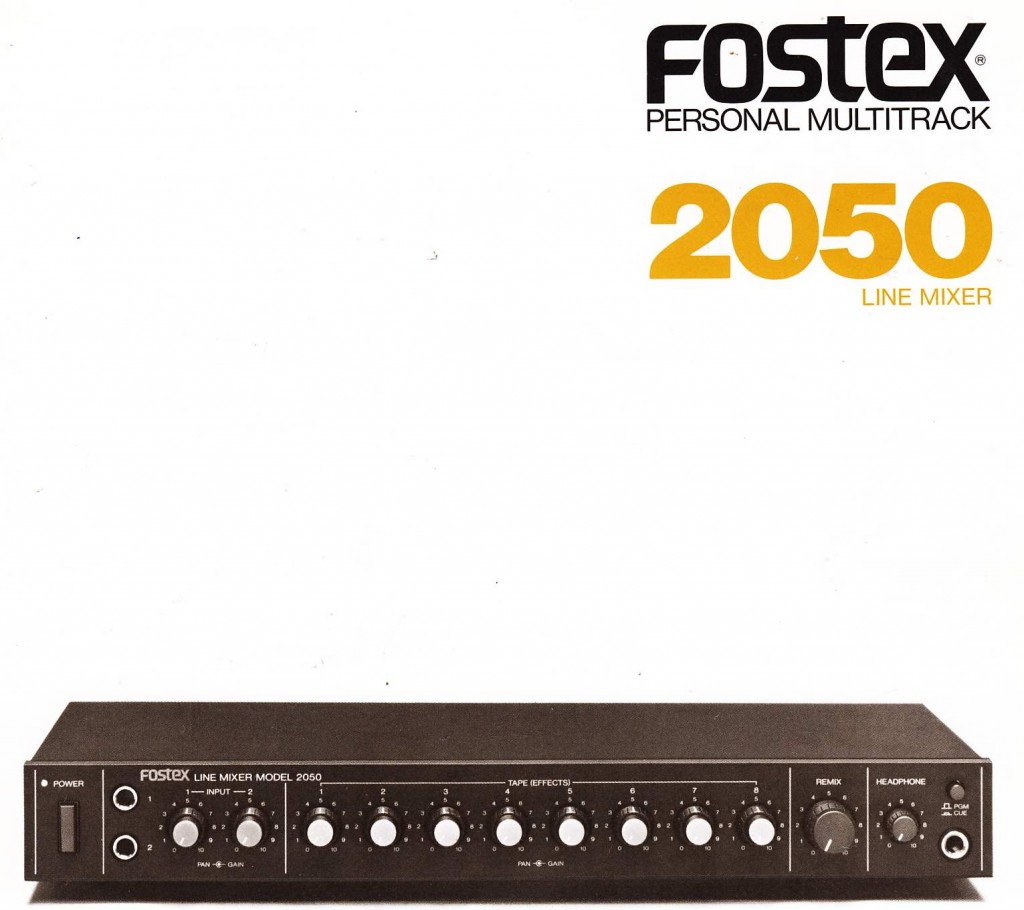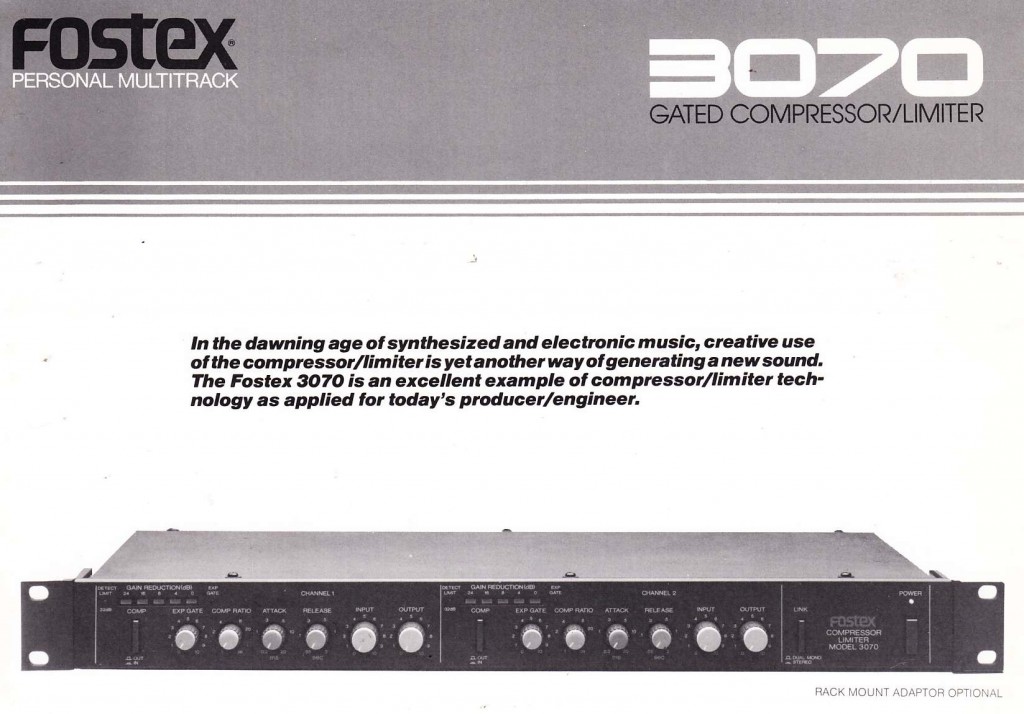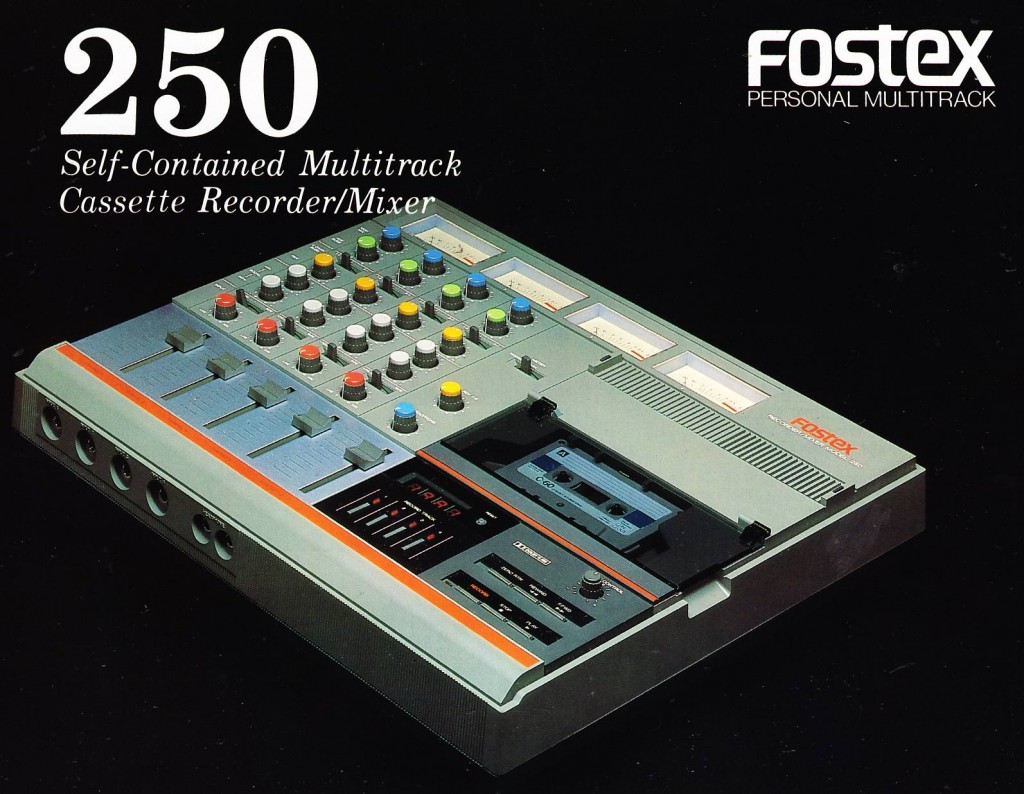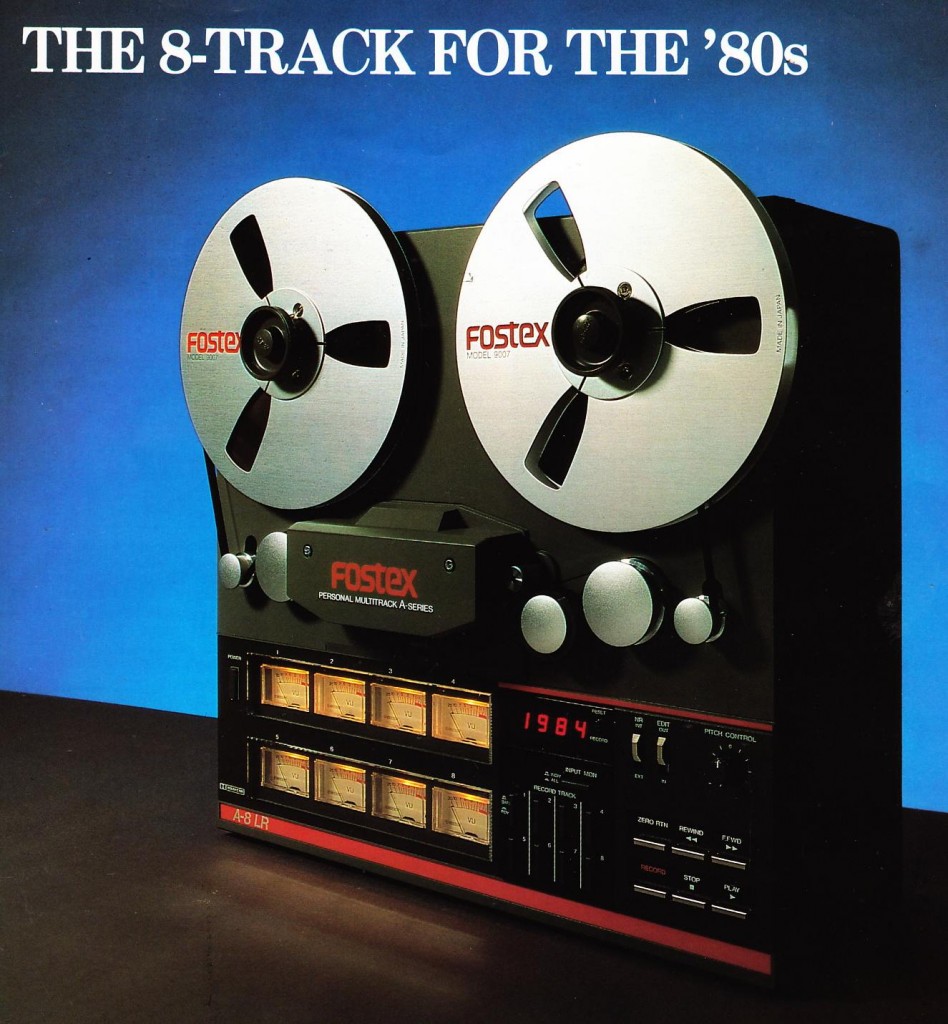 From the personal collection of D. Boyers, son of Magnecord founding partner John Boyers, PreservationSound is excited to be able to offer several rare documents and historical reminiscences. The Magnecord PT6 was one of the very first broadcast-quality tape recorders ever made – 1948 – and you can still find working (or repairable) examples. If you have been following this site for a while, you will know how much I like these machines. See this link and this link for some examples of recordings I have done recently with the PT6.
From the personal collection of D. Boyers, son of Magnecord founding partner John Boyers, PreservationSound is excited to be able to offer several rare documents and historical reminiscences. The Magnecord PT6 was one of the very first broadcast-quality tape recorders ever made – 1948 – and you can still find working (or repairable) examples. If you have been following this site for a while, you will know how much I like these machines. See this link and this link for some examples of recordings I have done recently with the PT6.
************
*******
***
PT6 Maintenance and Engineering manual:
DOWNLOAD: MagnecordPT6_MaintenanceNotes
The user-manual and schematics for the PT6 tape machine has been readily available on the internet; try this link if you need a copy. The Maintenance Notes are harder to find. Great information if you need to perform mechanical service on the unit.
*************
******
***
Four-page “Magnecord, INC” Company Newsletter, July 1952:
DOWNLOAD: MagnecordInc_July1952
 ************
************
*******
***
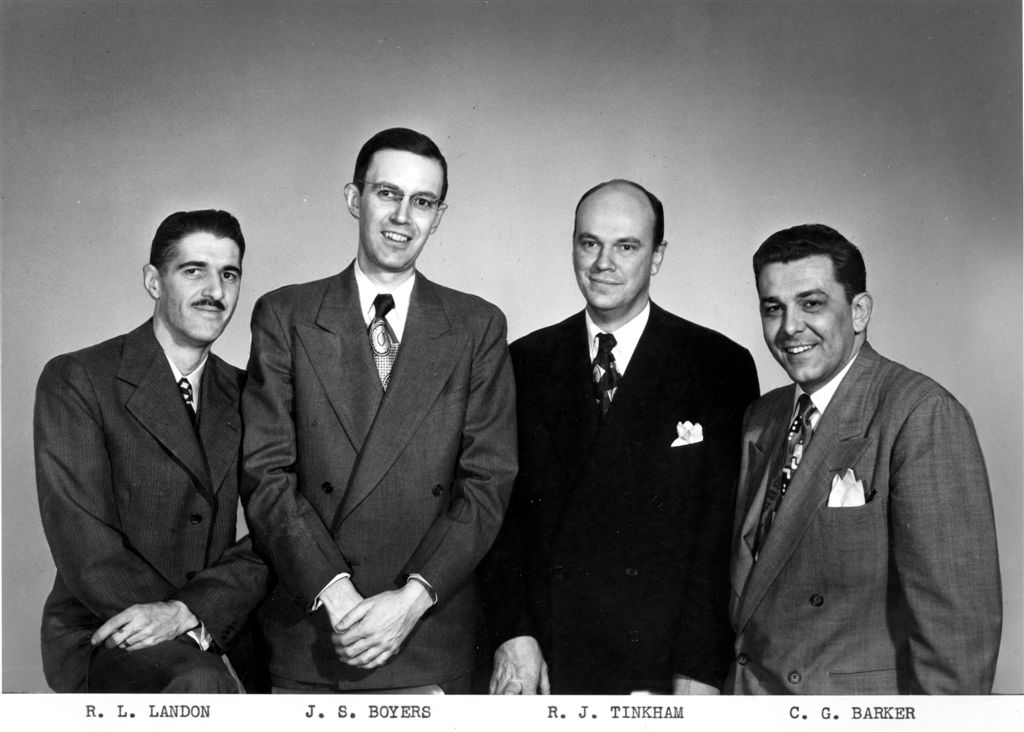 John Boyers was one of the founders of Magnecord. He is now 95 years of age. His son D. provides these notes regarding John’s career and contributions to recording history:
John Boyers was one of the founders of Magnecord. He is now 95 years of age. His son D. provides these notes regarding John’s career and contributions to recording history:
“I wouldn’t be too surprised to learn there are some (PT-6s) still in use, probably in some third-world broadcasting station somewhere. My first PT-6 was an engineering sample put together prior to the start of manufacturing. I still have it, and it still works, (although I make that claim having not tried to fire it up for 30 years!)
Dad is still with us, although he is the last survivor of the original group, at age 95… One of Dad’s favorite stories… is the time he couldn’t make payroll, but the man at the bank gave him the funds he needed because of the trusting relationship he had built with the bank.
Dad’s interest was mostly engineering. He designed the heads, experimenting with various metals and ways to make the recording gap smaller and smaller. Back then, the
heads were built one at a time, by hand. One of the handiest features of the “6” was the
ability to do instant playback head alignment with that little 4/40 screw and spring
tensioner. …I don’t remember if that was a feature of the production machines or if it was just something they built into the sample I have. Oh, here’s another story you might enjoy knowing about: Dad and one of the other guys in the shop had a brainstorm and decided to build a “binaural” (ed: Stereo) transport just for fun. They got it working and took it down to the Illinois Central train station and made a recording of a steam locomotive going by.
I remember hearing the recording, with the locomotive coming in one channel and going out the other. The binaural recorder was the hit of the audio trade show in Chicago that year. According to Dad, the crowds around the little Magnecord booth were huge and the buzz of the show was all about the unbelievable train recording. I asked Dad why they didn’t get a patent on it and he says that it wasn’t patentable. It had been done before, although not commercially, and it didn’t meet the “new and novel” requirement of patent law. I’ve often wondered if they weren’t just working with the wrong patent attorney.”
Thanks to D. for sharing this history. We will leave you today with the remainder of a set of Magnecord-Factory photos circa 1950.
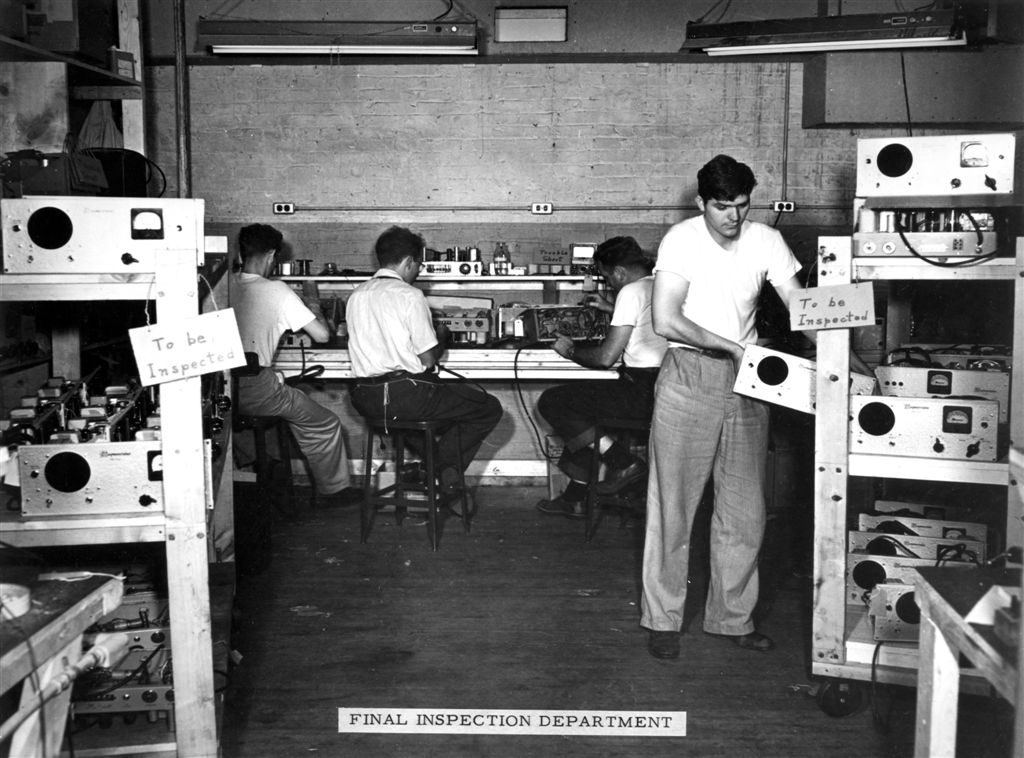

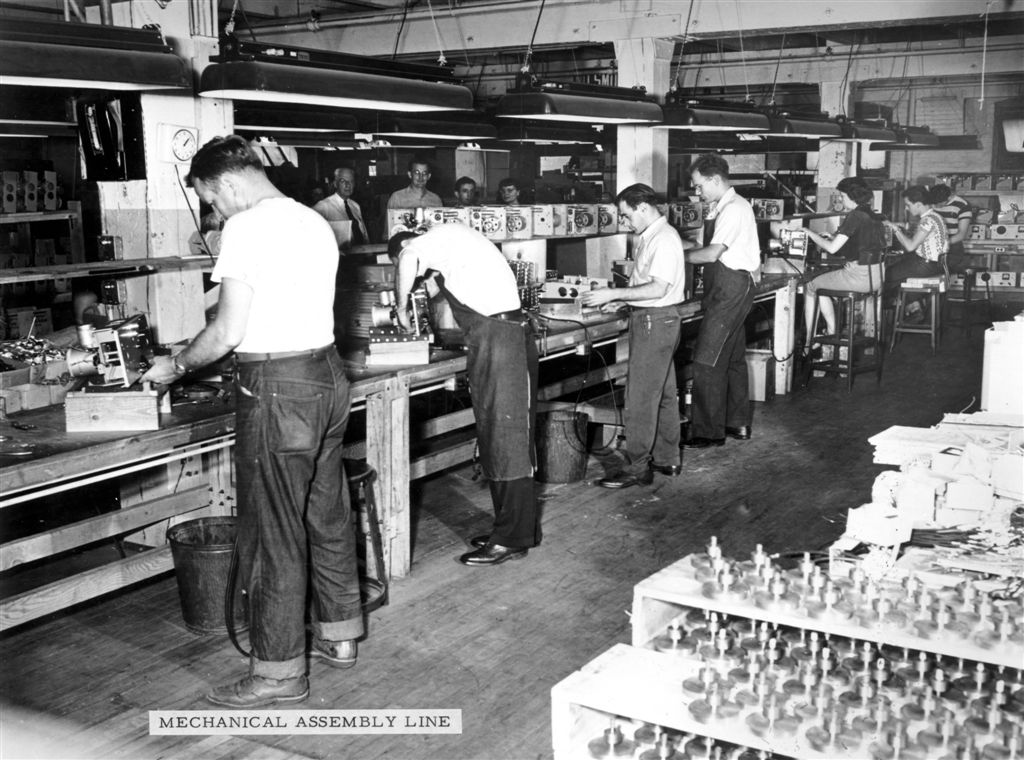

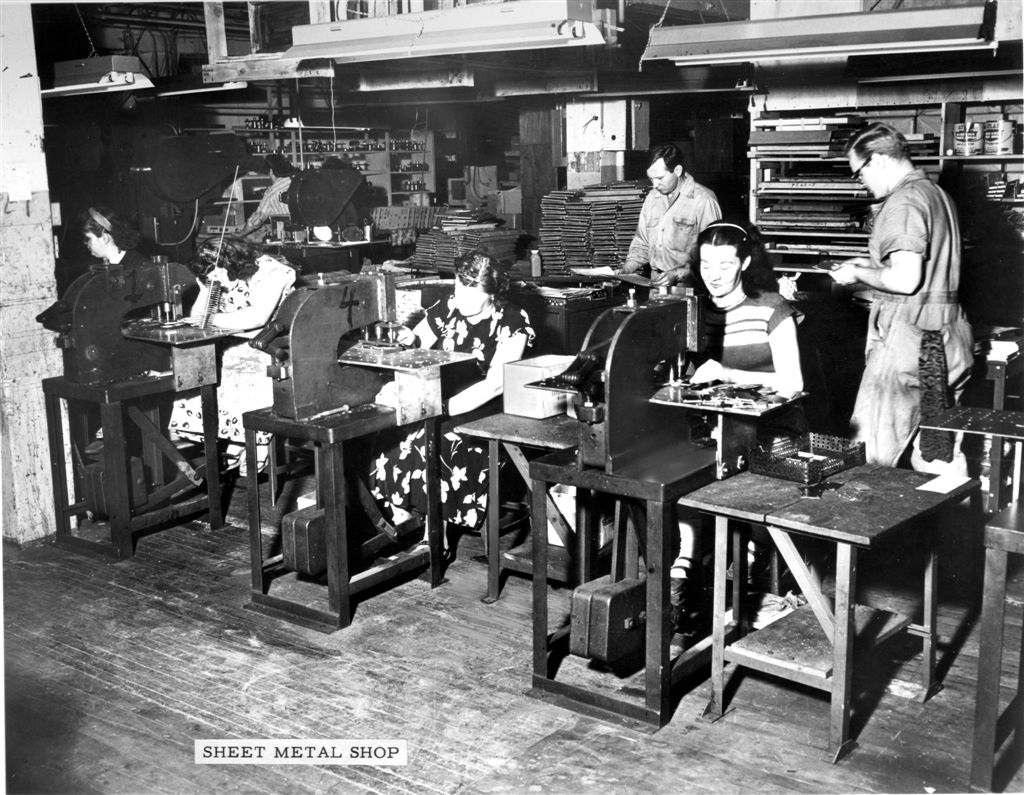

 Download the four-page catalog for the Sound Workshop 242C and 262 stereo reverberation devices:
Download the four-page catalog for the Sound Workshop 242C and 262 stereo reverberation devices: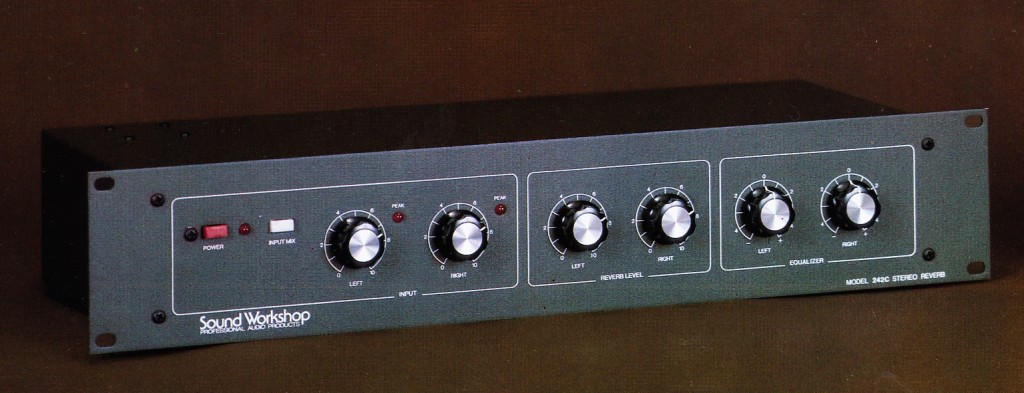 I’ve been using a 242C in the studio for years; it’s ok for signals that don’t need much high or low end. It’s pretty boing-y and a little bit noisy. It does have a cool dense, gritty texture that give backing vocals a nice old-school character. At this point, i have learned to always use it in the following way: usually I pre-delay the input 10 or 20 ms; then run the input signal through a gentle compressor (usually DBX 160); and cut the highs and lows on the return to remove hiss and hum that the spring pickups introduce. Oh yeah and the 242C is not really intended for +4 studio use; so i also use a Peavey stereo +4/-10 converter in order to best gain-stage it. So yeah… a lot of support equipment around this humble box. It does get a lot of use tho. Hey at least it has overload LEDs and and a very-useful ‘input mix’ switch with combines both inputs – great for creating pseudo-stereo from a mono source.
I’ve been using a 242C in the studio for years; it’s ok for signals that don’t need much high or low end. It’s pretty boing-y and a little bit noisy. It does have a cool dense, gritty texture that give backing vocals a nice old-school character. At this point, i have learned to always use it in the following way: usually I pre-delay the input 10 or 20 ms; then run the input signal through a gentle compressor (usually DBX 160); and cut the highs and lows on the return to remove hiss and hum that the spring pickups introduce. Oh yeah and the 242C is not really intended for +4 studio use; so i also use a Peavey stereo +4/-10 converter in order to best gain-stage it. So yeah… a lot of support equipment around this humble box. It does get a lot of use tho. Hey at least it has overload LEDs and and a very-useful ‘input mix’ switch with combines both inputs – great for creating pseudo-stereo from a mono source.



